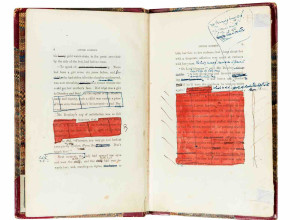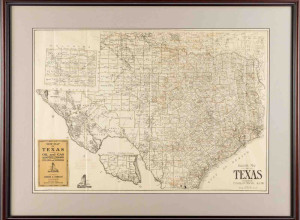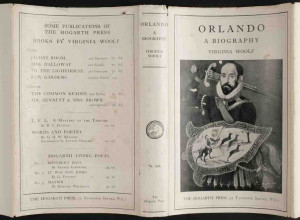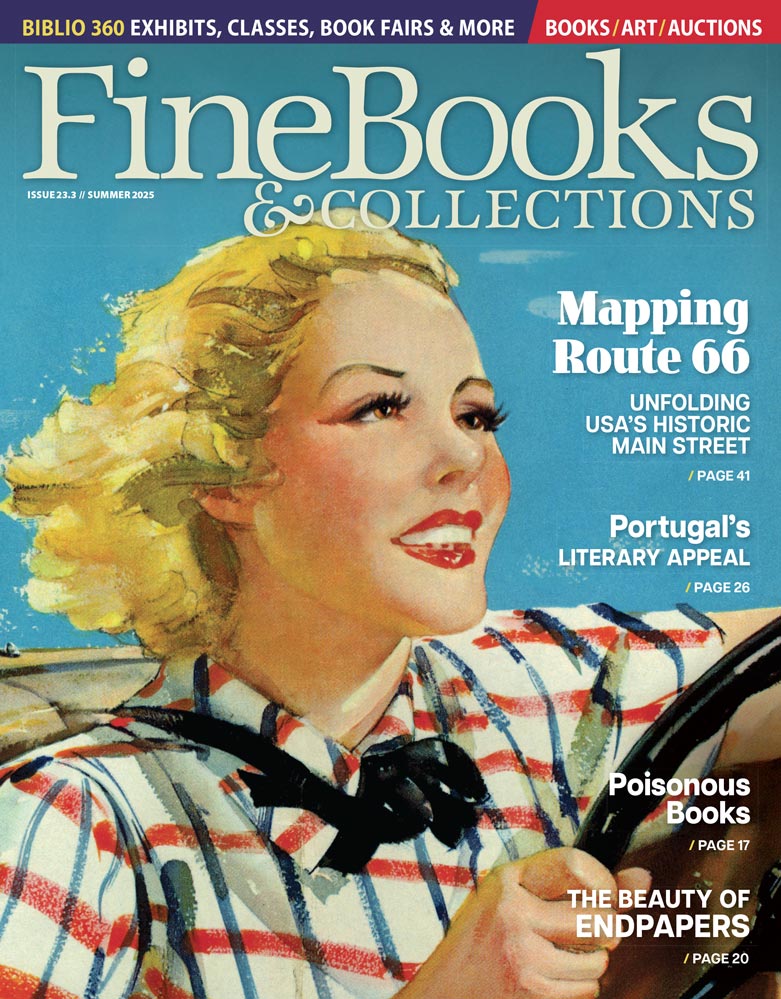New Tool Detects Toxic Pigment in Books
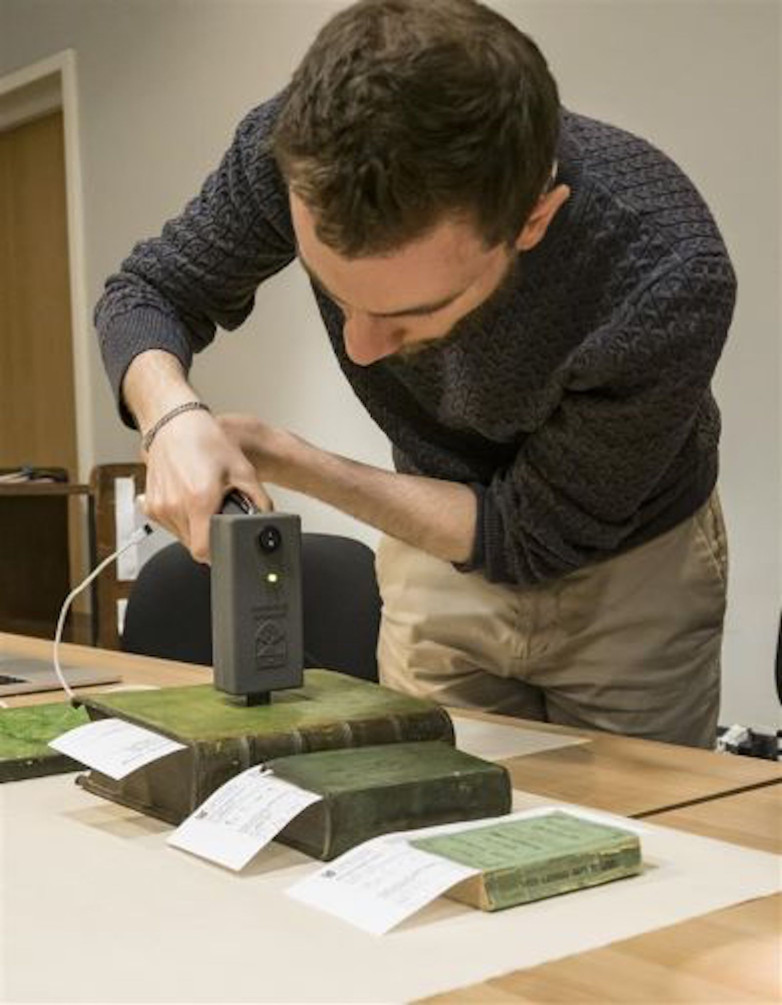
The tool in action
A new tool developed by the University of St Andrews is helping institutions detect toxic pigments in historic books and making it easier to identify hazardous books.
The new device has been developed in collaboration between the University of St Andrews Libraries and Museums and the School of Physics and Astronomy, and can quickly and cheaply detect the presence of toxic pigment in book bindings.
It has long been known that historic wallpapers and textiles, particularly those coloured a vivid green, may contain arsenic. However, the focus in recent years has been on bright green coloured book bindings since publishers used arsenic to achieve a vibrant green colour known as emerald green. While the risk to the public is low, frequent handling of these books can lead to health issues like irritation of the eyes, nose and throat, and potentially more serious effects, causing concern for those who handle books on a regular basis.
Consequently, libraries and collections around the world have had to prevent access to parts of their book collections. While testing is available it has been a specialised, costly and time-consuming process, leading many institutions to simply prevent access to all suspect green books from their collections as a precaution. Last year the University of Bielefeld, along with several other German universities, isolated around 60,000 books as a precautionary measure.
“The project began with the need to positively identify emerald green bindings in the University of St Andrews collections, using the analytical techniques available to us within the University," said Dr Pilar Gil, Heritage Scientist from University Collections who led the research. "A device used in the School of Earth and Environmental Sciences to detect minerals in rocks was the starting point, and the eureka moment was discovering the unique reflectance pattern from emerald green pigment in the visible spectrum. The idea was then to apply this discovery to an instrument which we could use and share with the sector.”
Dr Graham Bruce and Dr Morgan Facchin from the School of Physics and Astronomy then developed a portable tool to identify the poisonous books. “Our device shines different colours of light onto the book," explained Dr Facchin. "The amount of light reflected at each colour is like a fingerprint of the pigment in the book. Through extensive work using books from the University’s collections, our team have found a way to identify the fingerprint of emerald green on a book.”
Dr Bruce added: “The device that we have developed is handheld and allows us to screen an individual book for the presence of emerald green pigment in a fraction of a second. It has been exciting to see it being used in libraries and collections across Scotland. Our team has been asked to look at thousands of books, of which more than 100 have been identified as containing emerald green pigment.”







